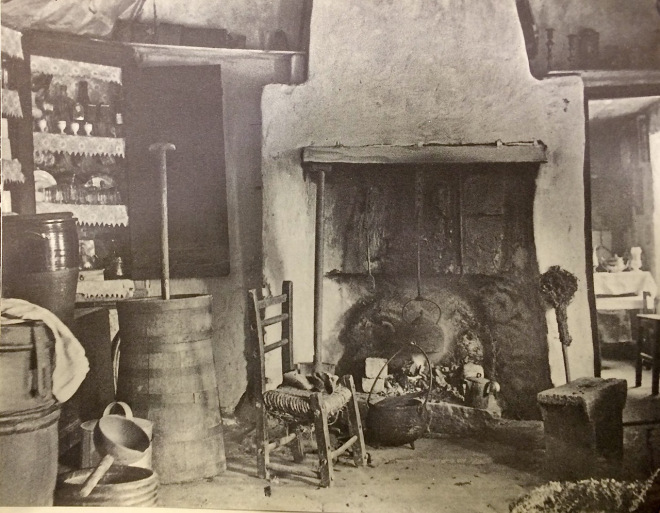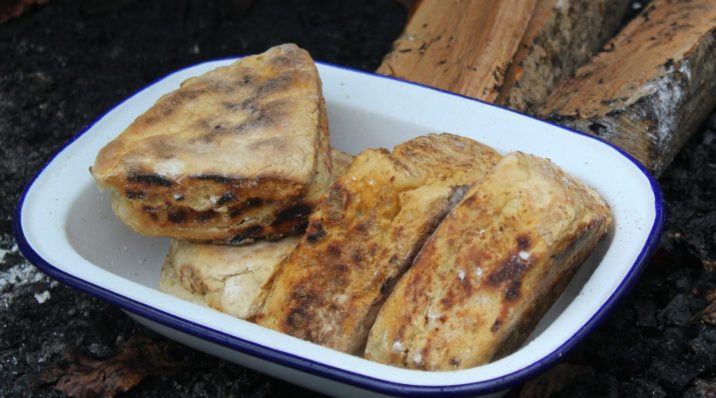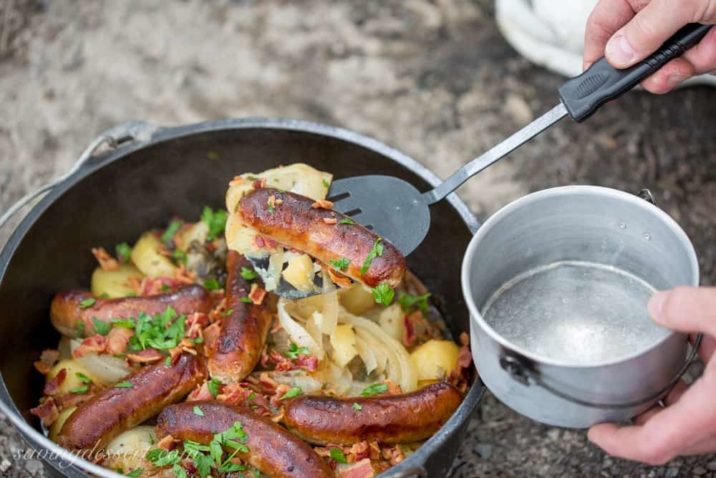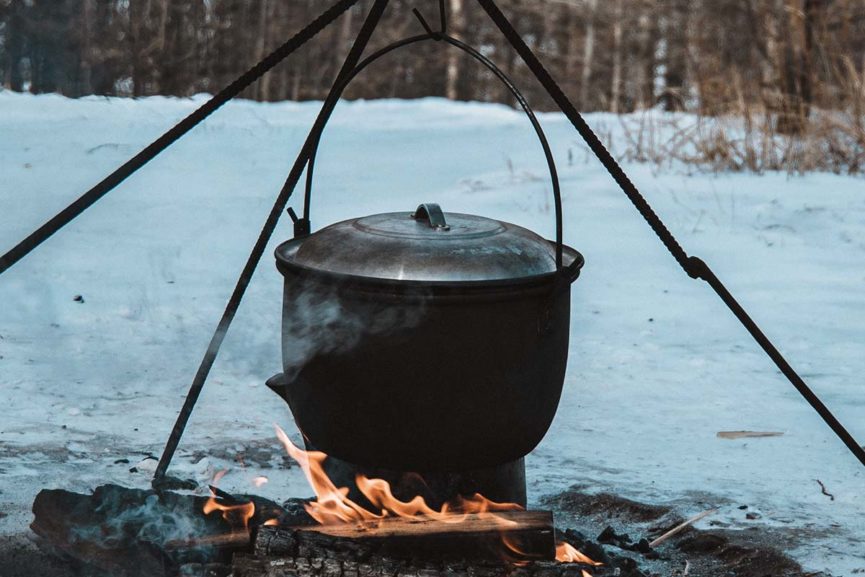There’s something completely magical about cooking over an open flame. Fire brings us together not just for sharing a meal, but for experiencing lasting moments of laughter, love, and community.
In the Common Flame, we discover how cultures across the world are united by a common love of cooking over an open flame. This time, we’re sailing to the Emerald Isle in search of the bastible (pronounced “bass-tuh-bull”), a 19th century staple of Irish rural living and a symbol for survival, hearth, and home.

Hearth and Home
Hospitality is the backbone of Irish culture. Despite the famine and hardship of the 19th and early twentieth centuries, the Irish people shared the best of what they had, even if it was just a few boiled potatoes and some bread. The center of Irish hospitality is the hearth where Irish mothers and grandmothers of the time would watch and tend the fire all throughout the day and night. But the fire wasn’t just for keeping warm.
The open fire was the heart of the home. Around the fire, everyone in the household (plus a few of the neighbors) would gather to share their day and enjoy the company of a hearty meal and a lapping fire. The fire’s fuel was turf (“peat” as it is called elsewhere) that had been dried into blocks. Using turf as fuel for an Irish fire goes back for thousands of years and continues today. Marshy bogs cover so much of rural Ireland making wood usable for firewood scarce. The smell of a turf fire is synonymous with many Irish people’s childhood memories waking up early with their grandpa to cut turf from the bog.Until the early 20th century, many rural Irish homes were small and kitchen space was in short supply. There weren’t a lot of places to keep a slew of pots, pans, and cooking utensils. So, the Irish people had to get creative to come up with a way to cook virtually anything they needed in one pot. Enter, the bastible.

Cooking the Irish Way
A bastible is a cast iron pot with either three or four legs with a distinctive concave lid. A bastible can be placed directly in the middle of the fire’s coals to cook anything you can imagine. Just rake some coals around it, put the cover on, and pile more coals on top. This let’s you roast a hearty stew or chicken or even bake bread. It’s unusually long handle would be hung from a hook called a “crane” that allows you to control temperature. If you need more heat, you lower the crane until it’s closer to the flame. And if you didn’t have a crane, you could place the lid on the bastible and layer some coals on the top. The bastible was used in Irish cooking for hundreds of years. During that time, Irish cooks mastered a variety of delicious recipes: “farl,” or soda bread, oatcakes, and even fresh filleted fish.
If you aren’t from Ireland, you would call a bastible a “Dutch oven.” But, there’s something uniquely Irish about a bastible. It’s a testament to the Irish people’s strength to adapt and carry on it’s strong tradition of hospitality, even in the face of adversity.
With St. Patrick’s Day right around the corner, we’ve gathered some bastible-style recipes you can make over an open fire to celebrate! It’s okay if you don’t have a bastible, a Dutch Oven or a cast-iron skillet will work just fine.
Irish Soda Bread

Check out this video on how it’s done on a flat-top bastible to help inspire some happy baking.
Dublin Coddle

Traditional Irish Stew


